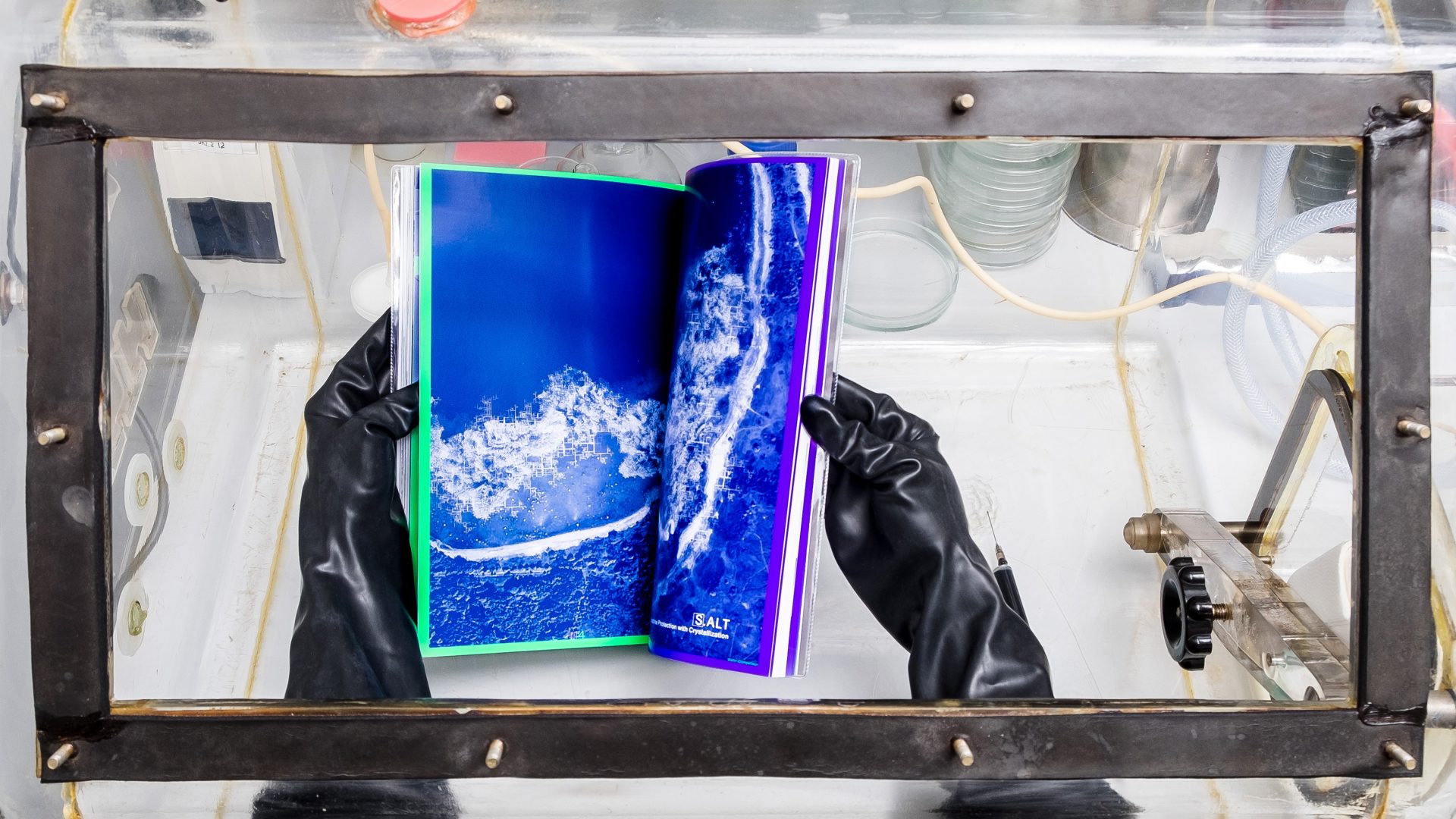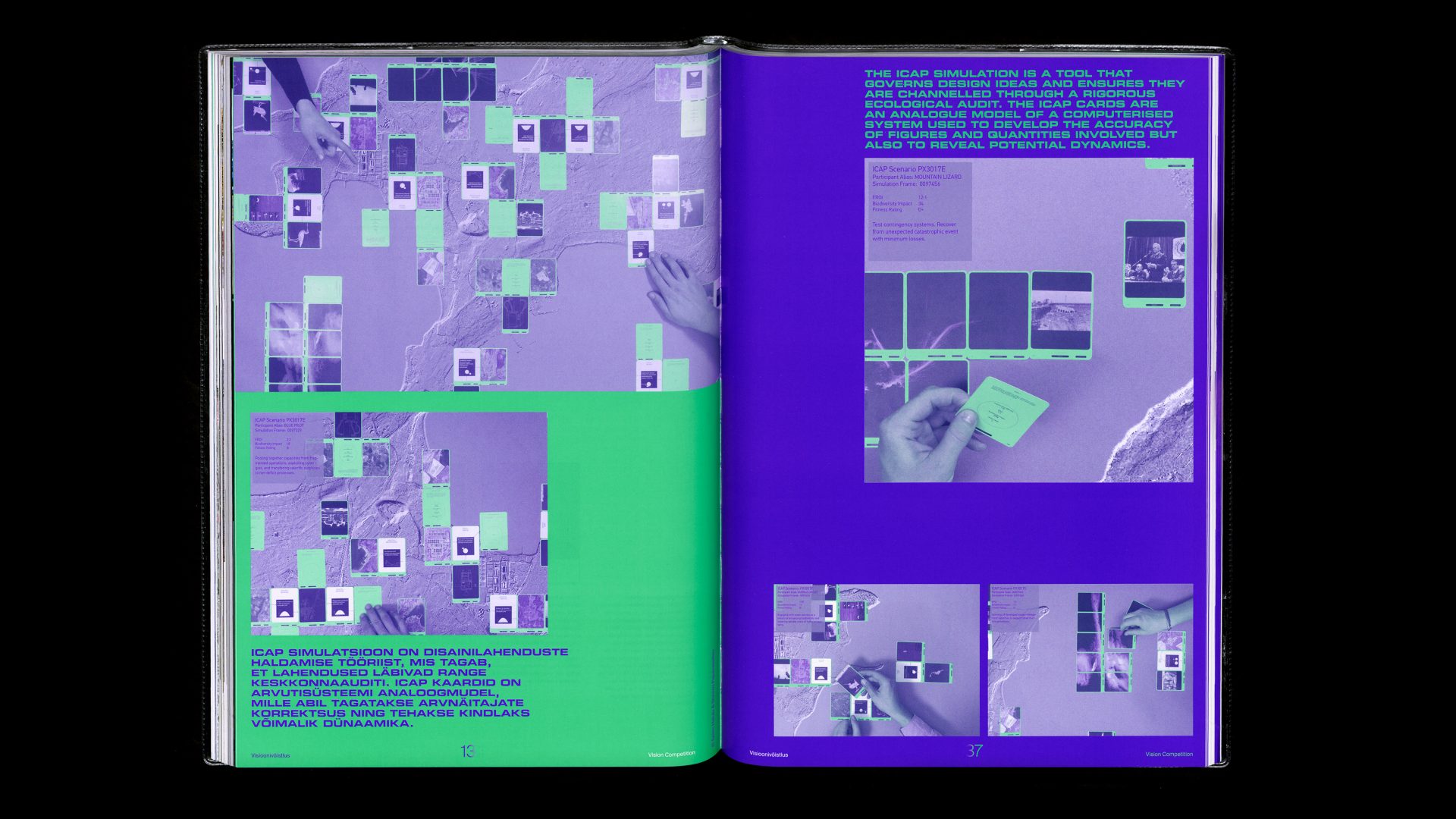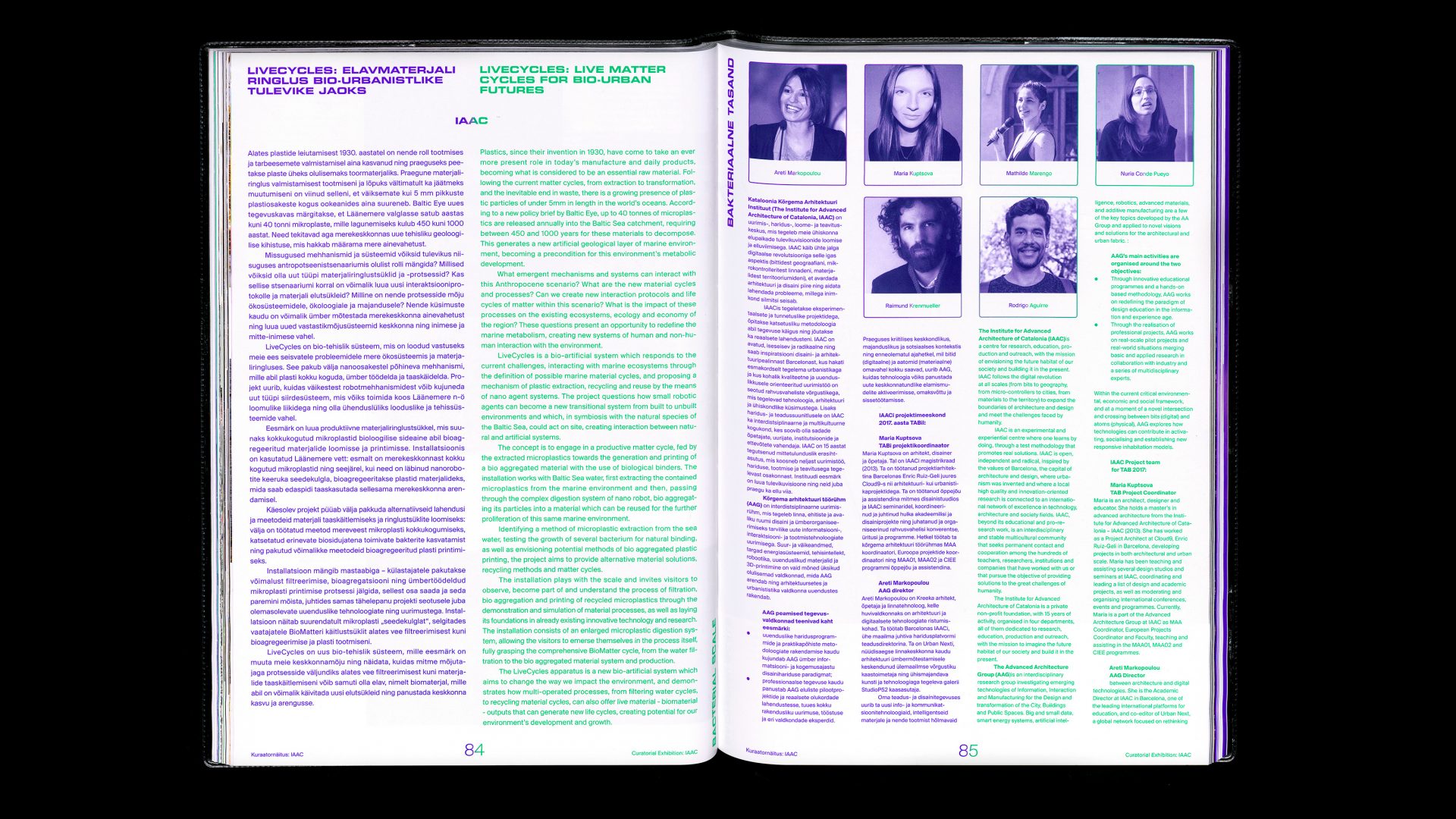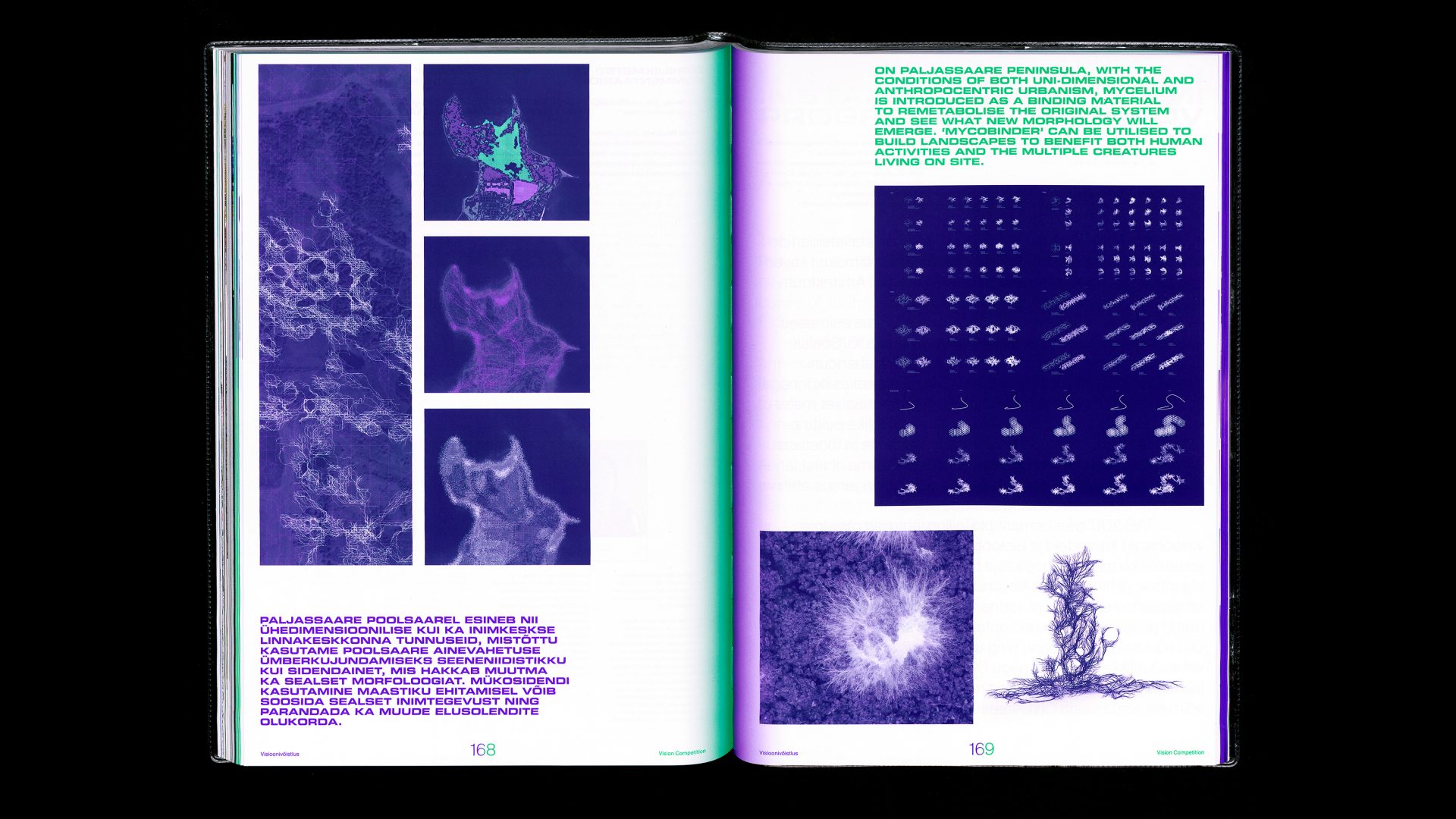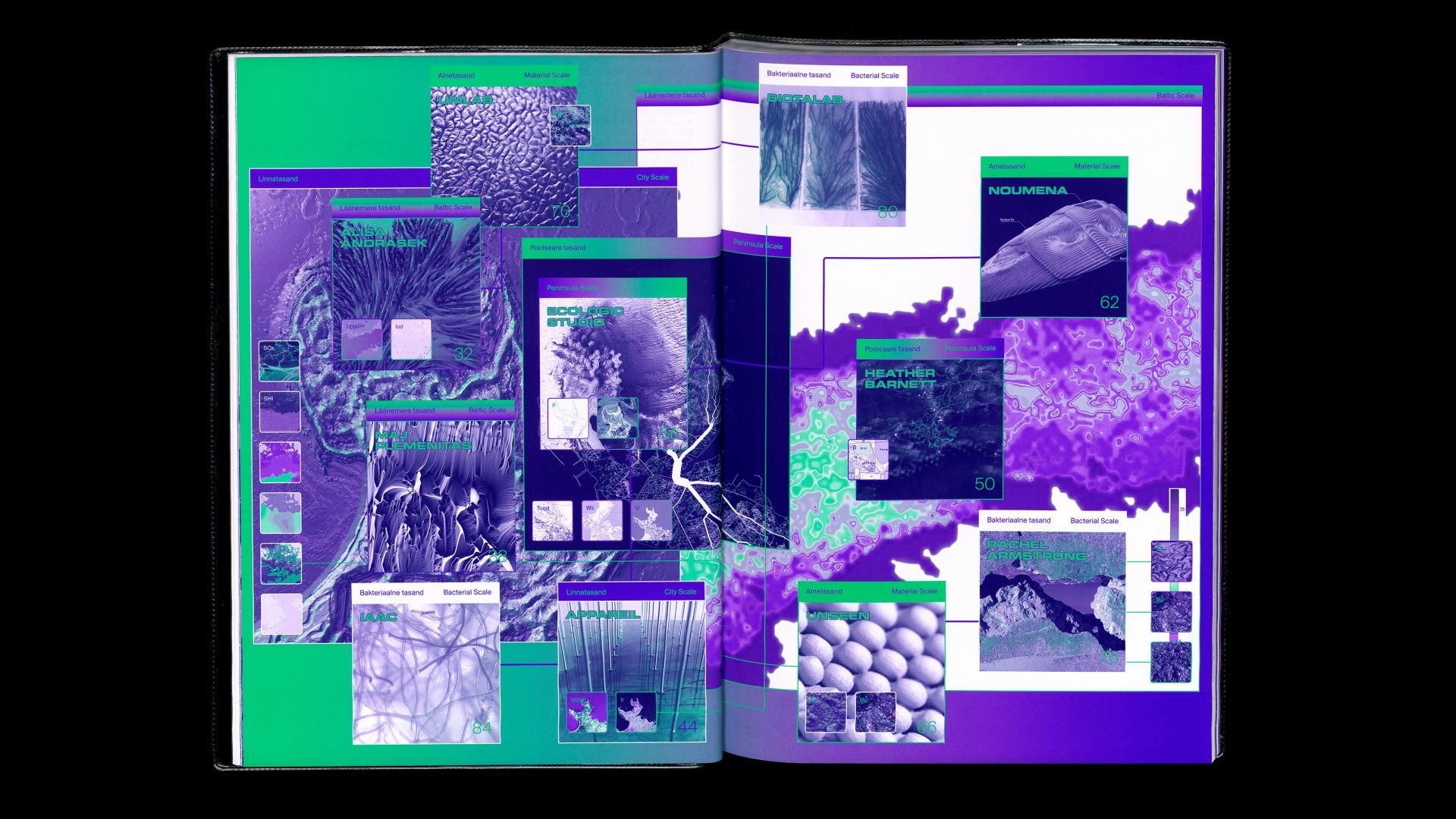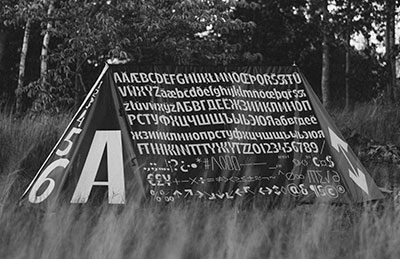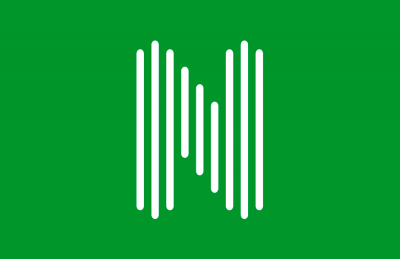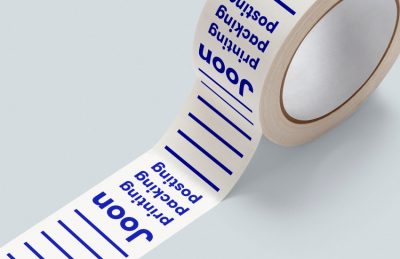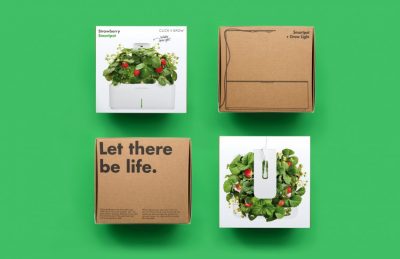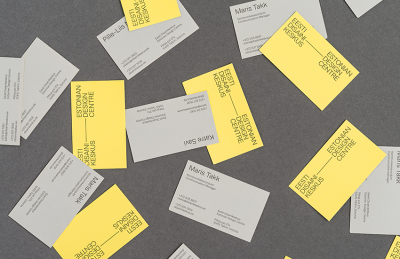The theme for TAB 2017 — “bioTallinn” — challenged typical assumptions of what constitutes the boundary between natural and artificial realms. In the contemporary world it is impossible to trace a clear distinction between nature and artifice, landscape and city, and ultimately between the biosphere and the urbansphere. Combined bio- and infotechnology was also used in the design process for creating the visual identity.


Slime mold lived in a makeshift lab in the office’s spare bathroom and helped us with important design decisions eg picking the typeface.
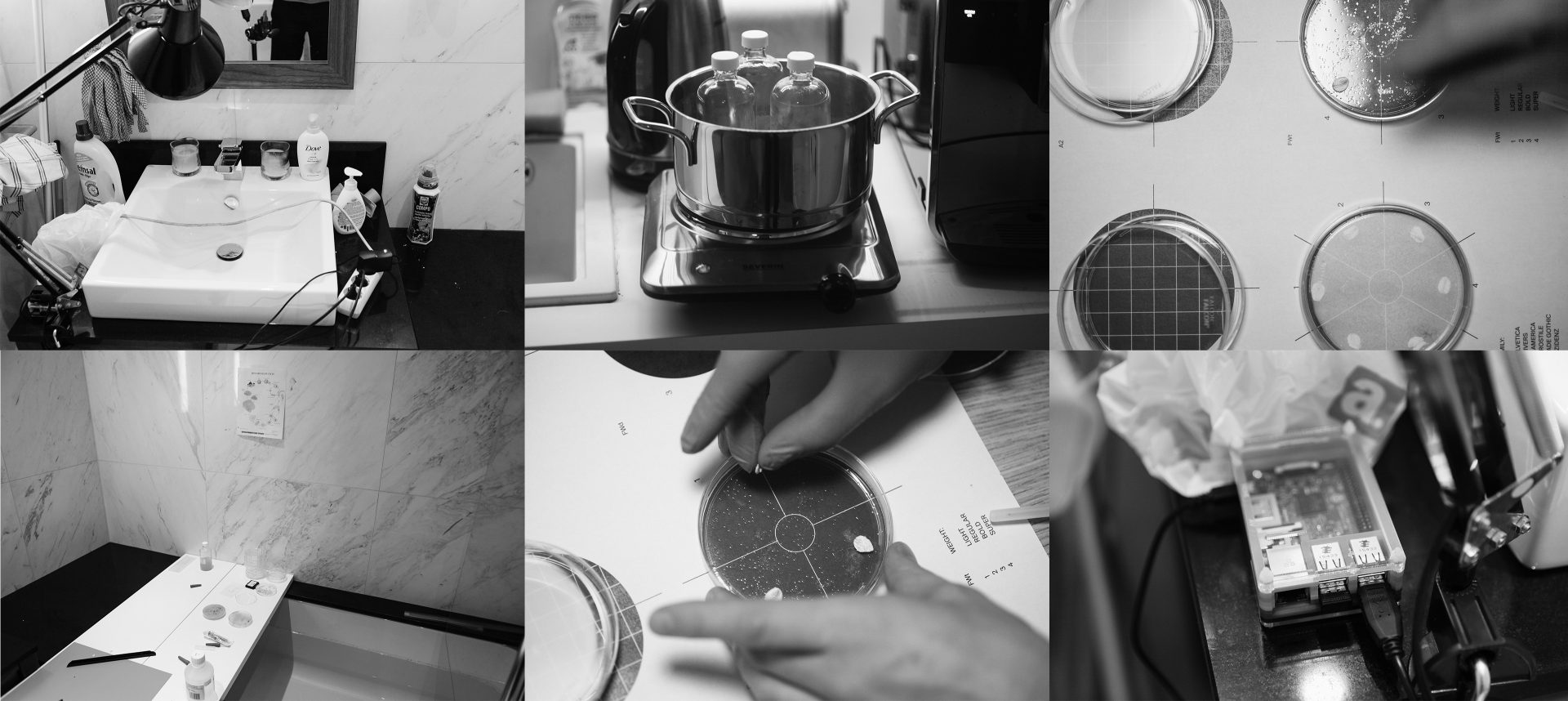

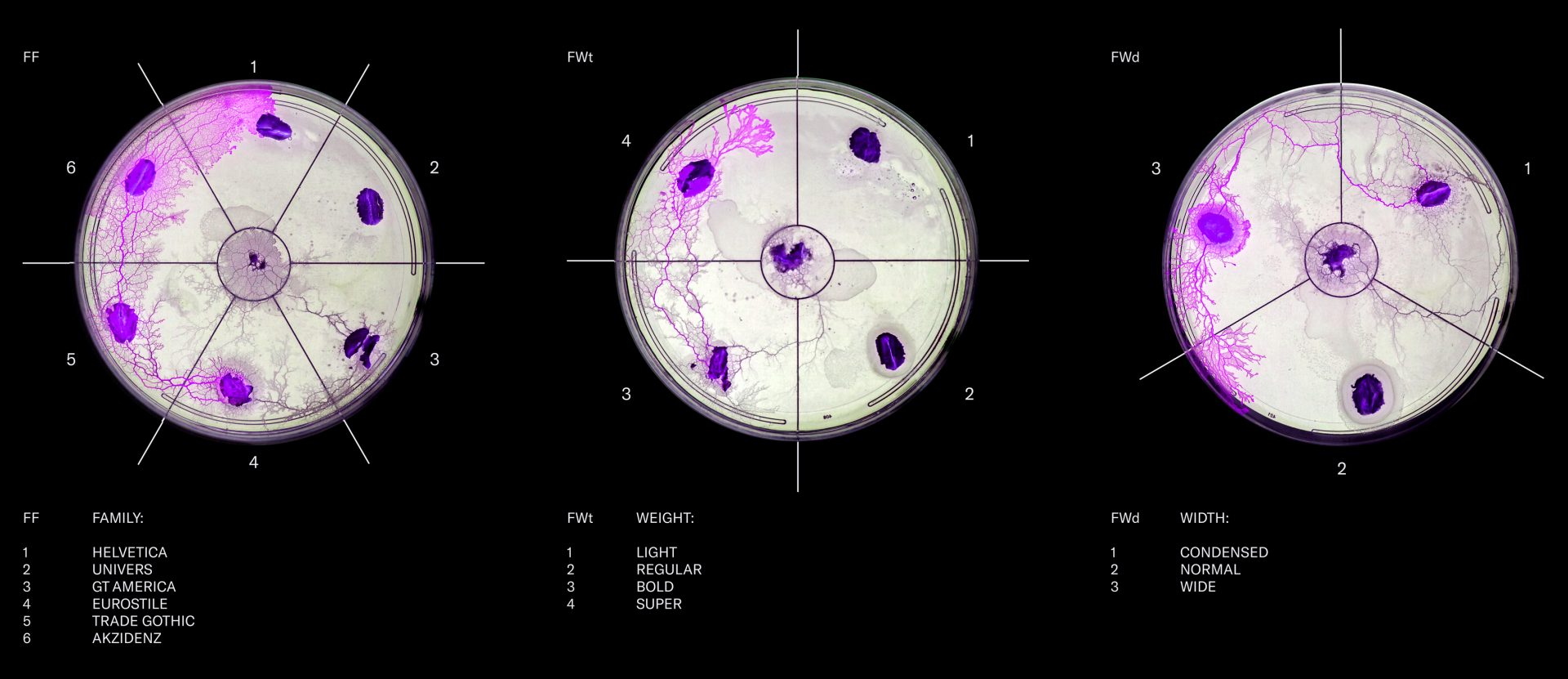

The visual identity uses computer-generated behavioural simulations of mycelium, crystal, bioplastic and silk worms.






Symbol colours for organic and artificial life were used throughout the communication together with images of computer-generated organic models.

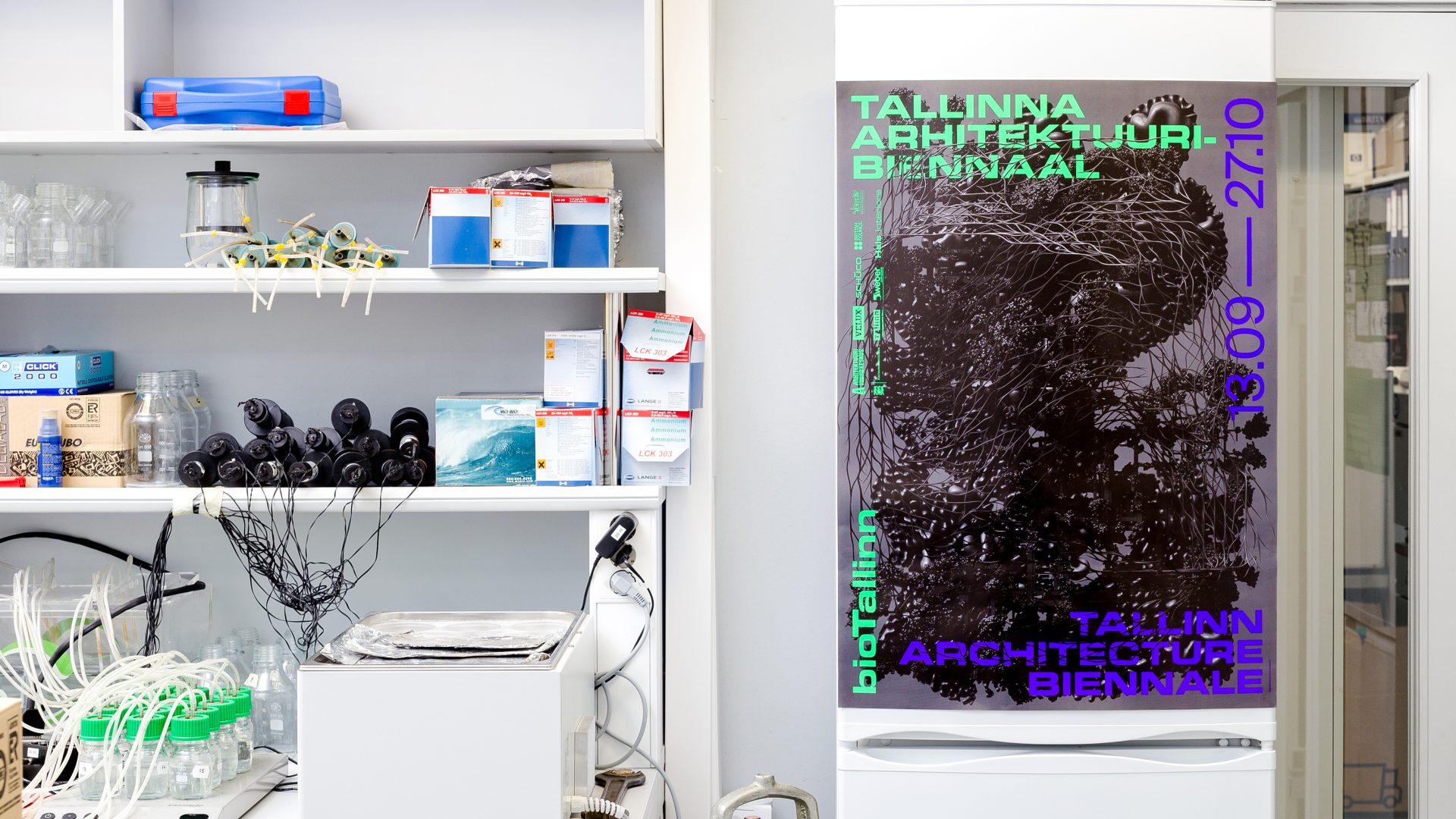

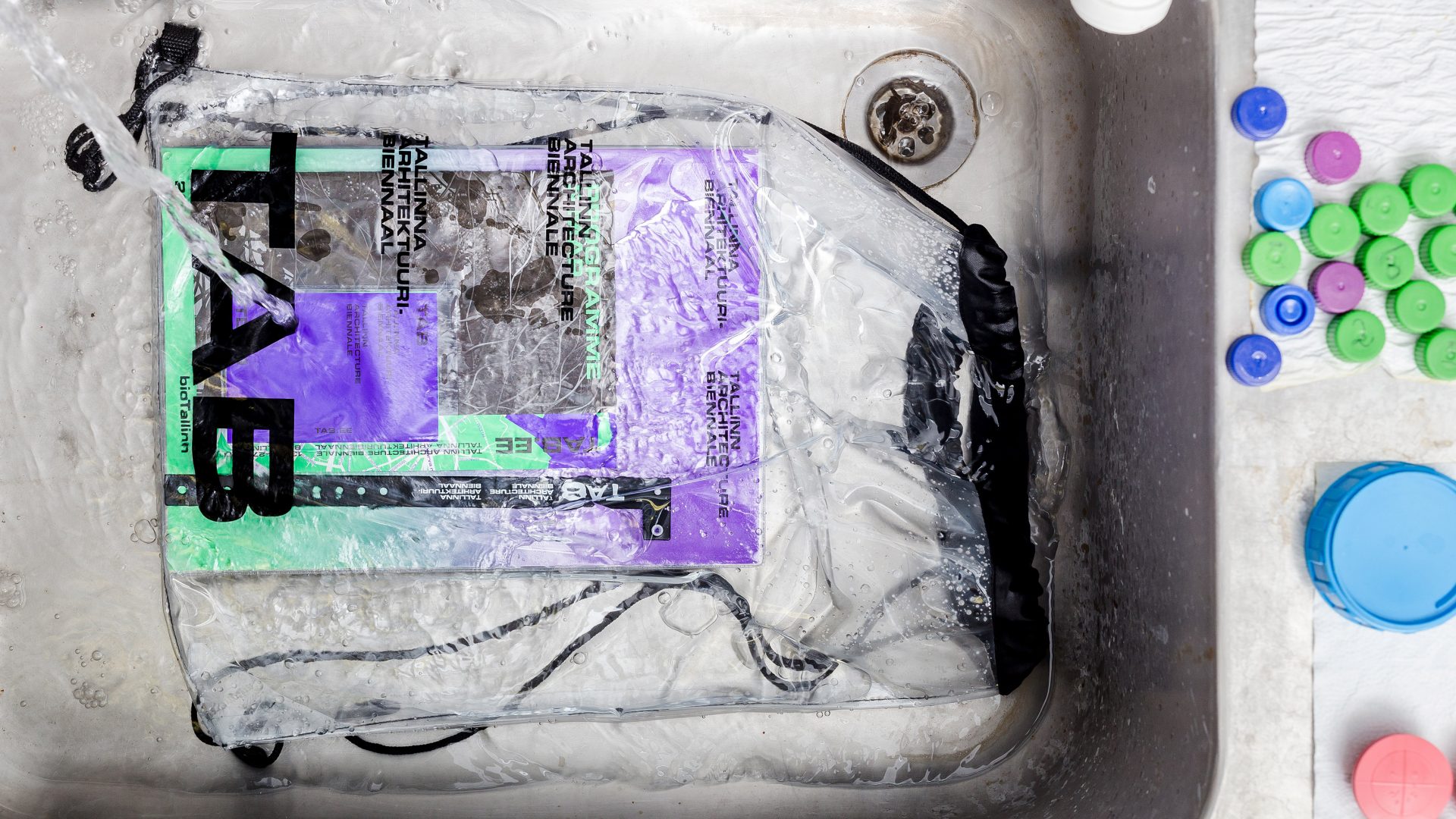

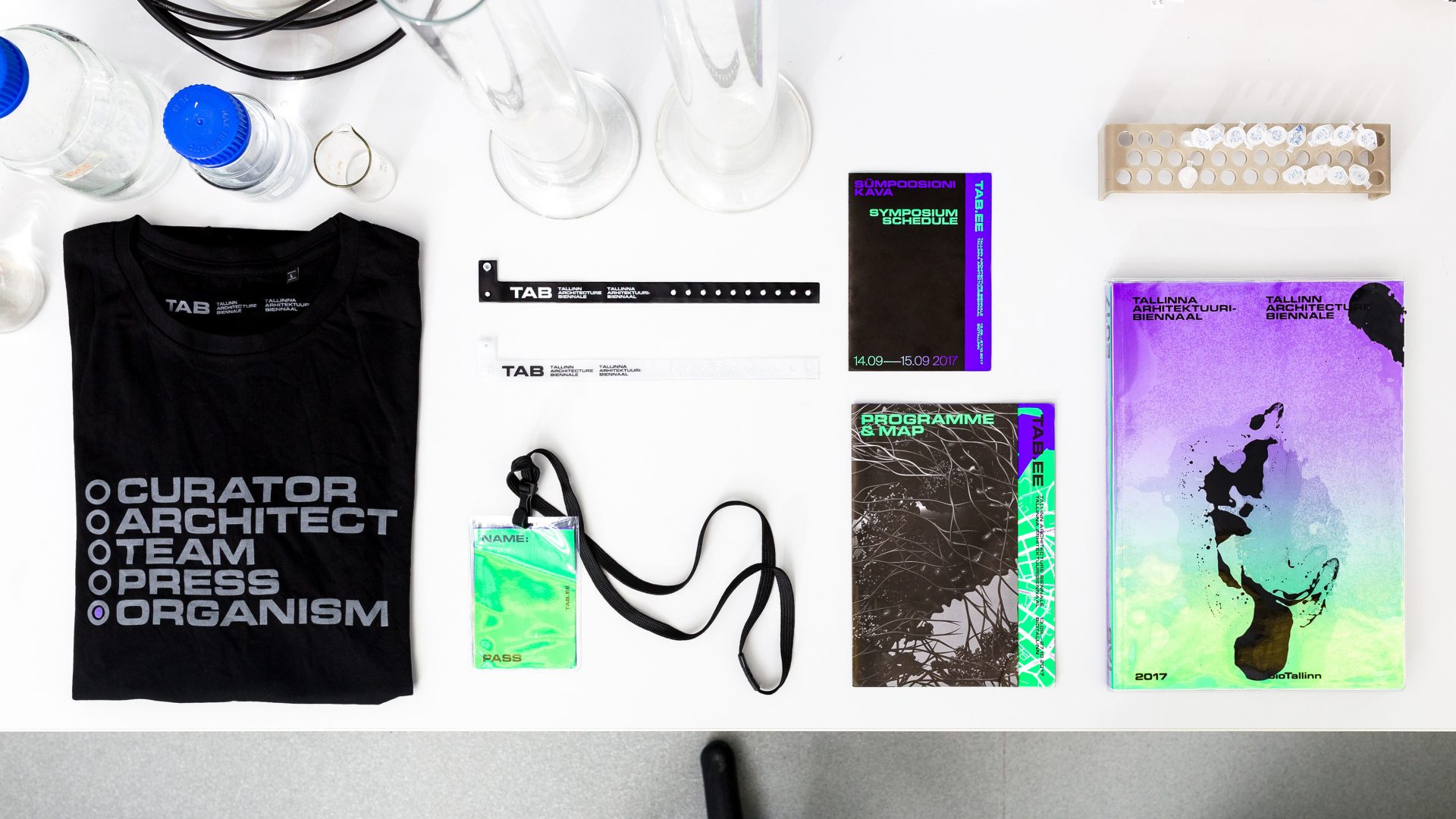

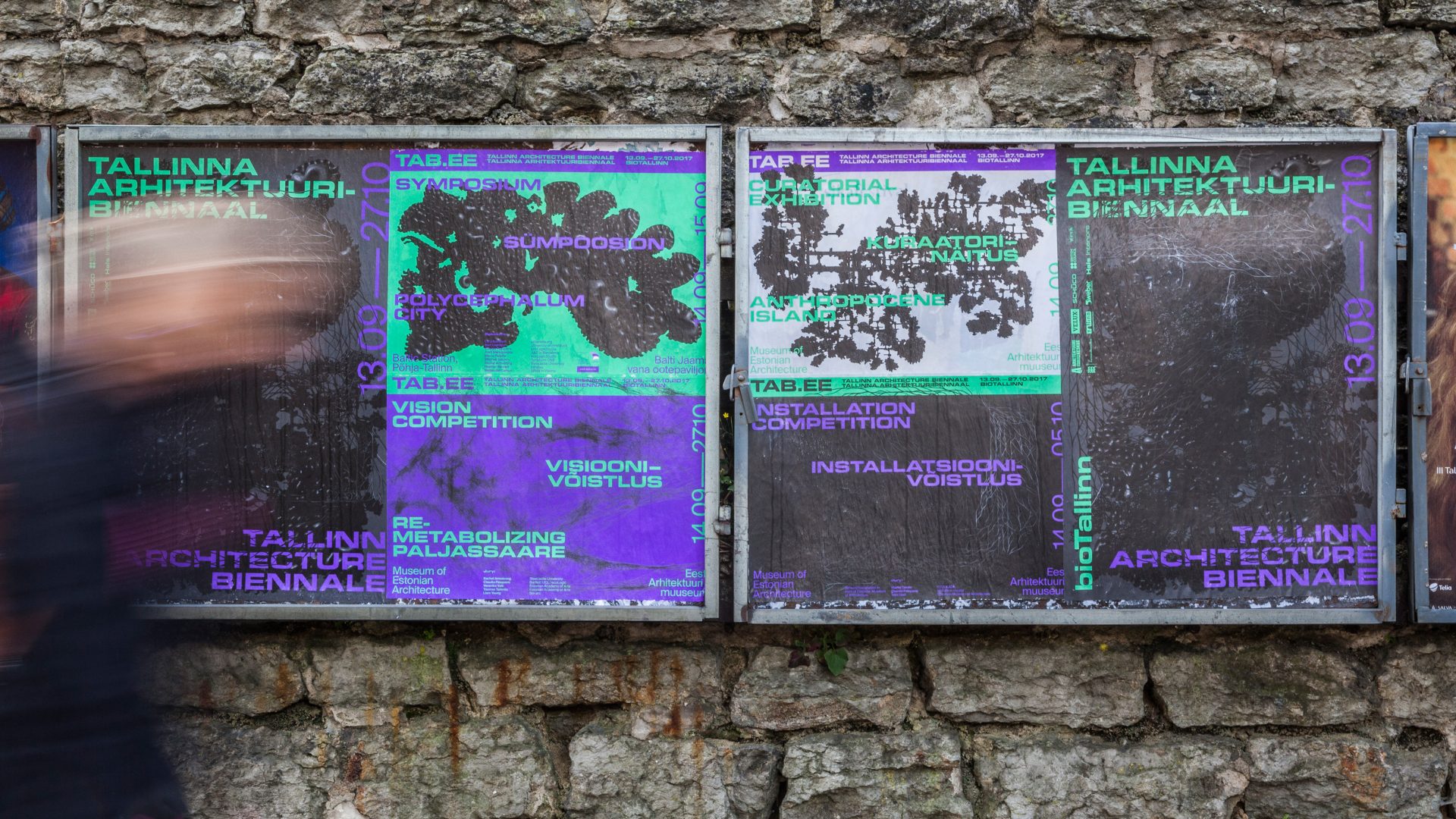

The main curated exhibition, titled Anthropocene Island, conveys the challenges and necessities of designing within the complex milieu of contemporary cities. The peninsula of Paljassaare in Tallinn provides a case study at multiple scales — Baltic, city, peninsula, material and bacterial.
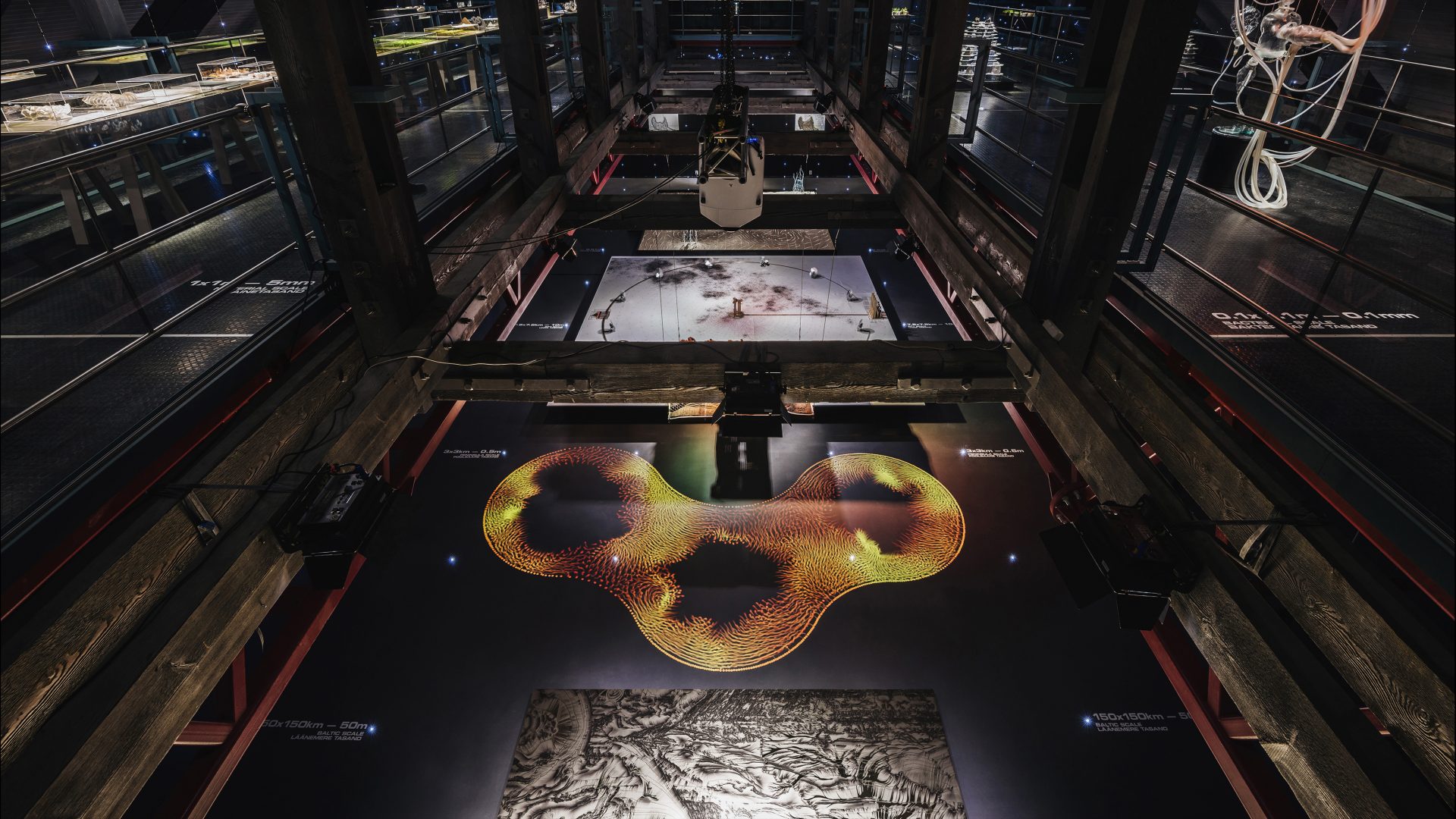

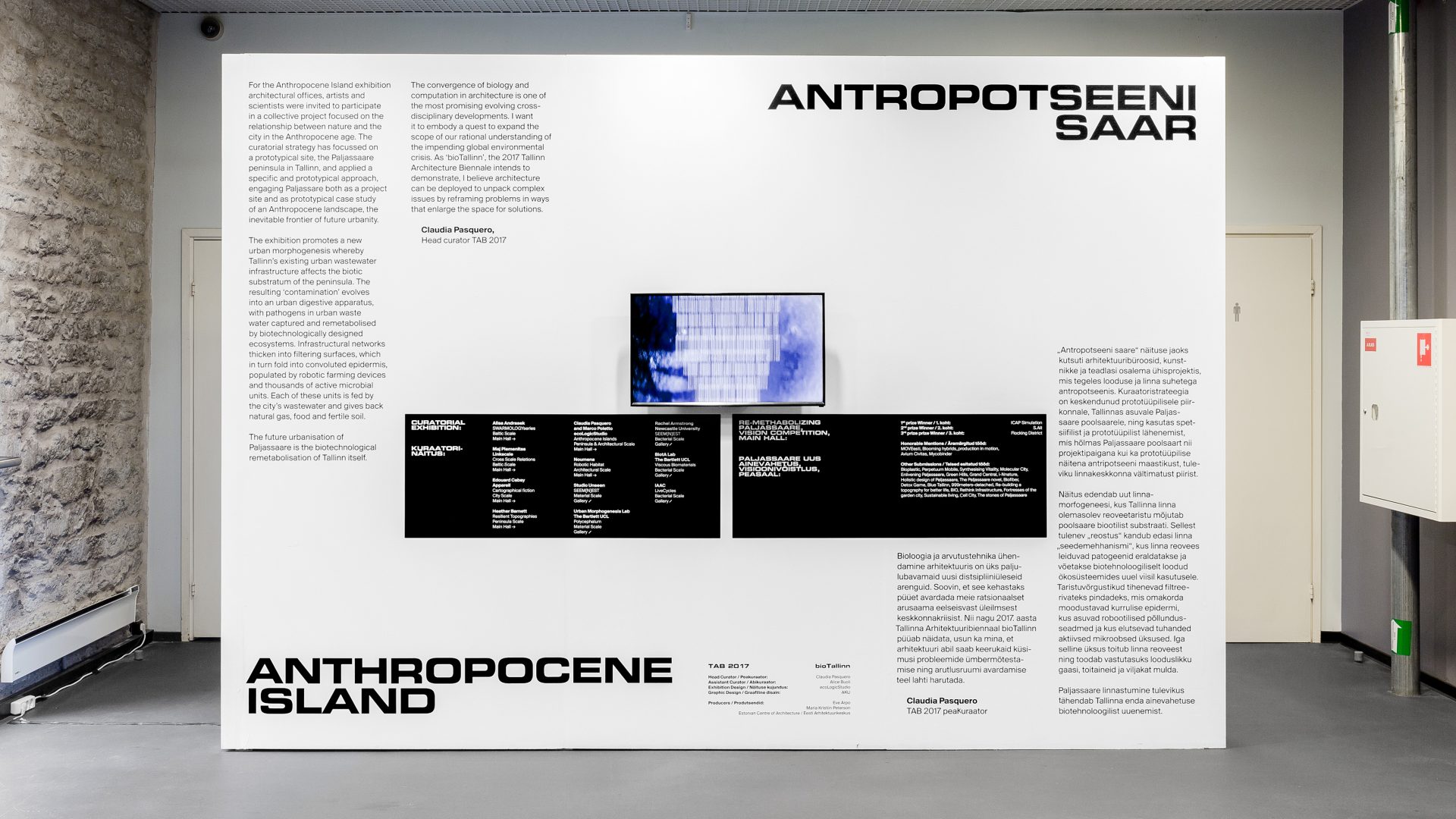

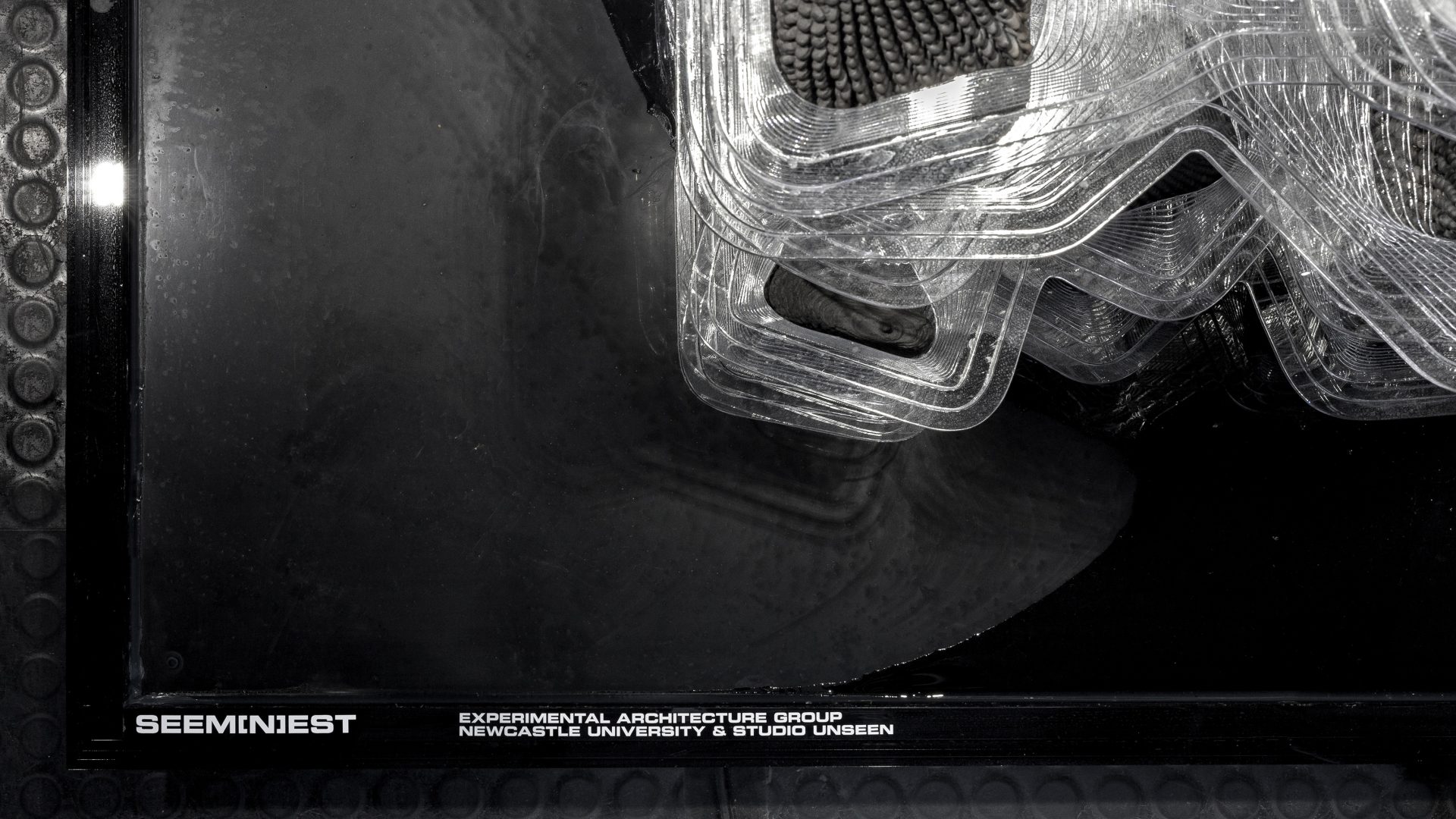

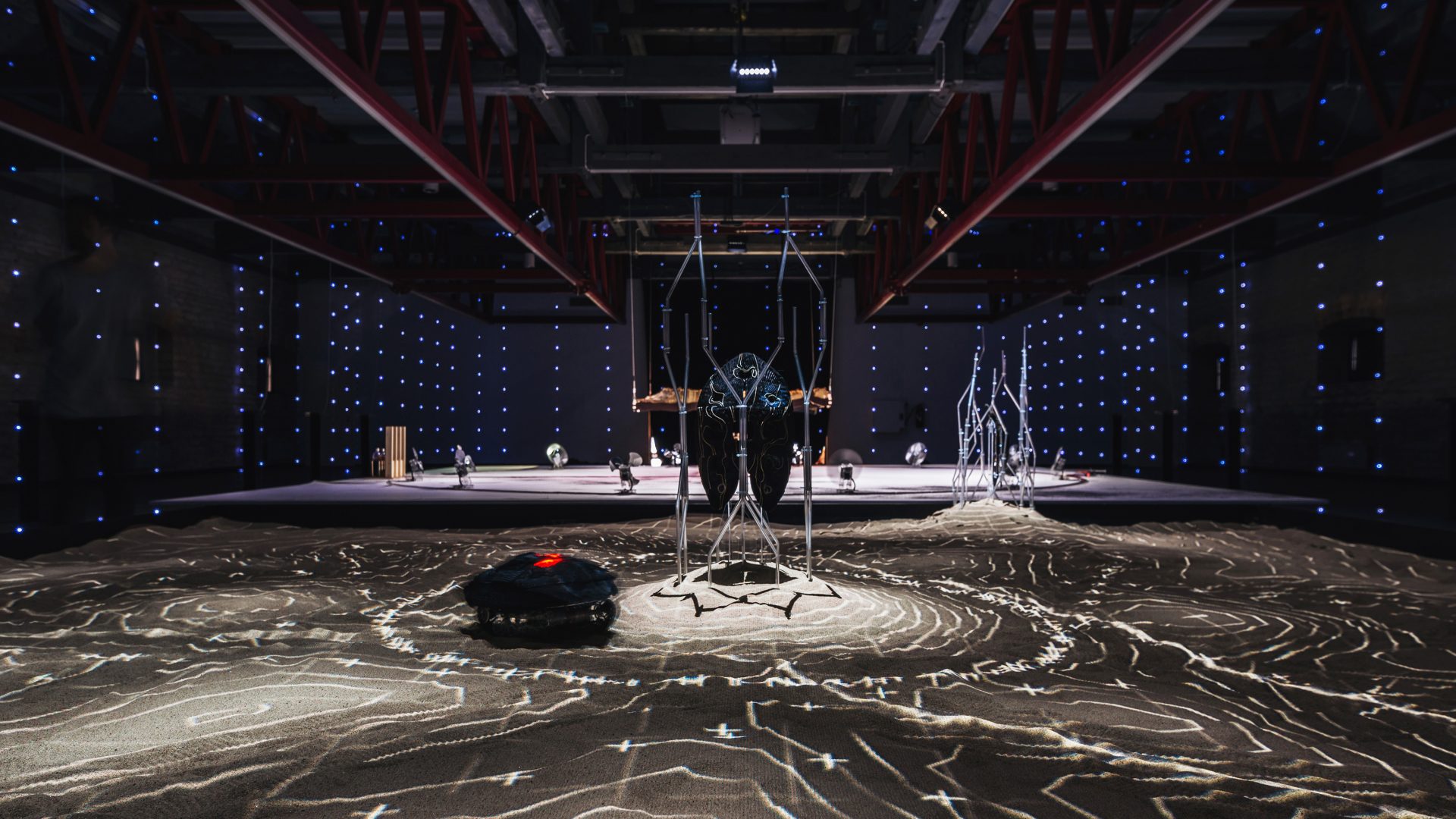

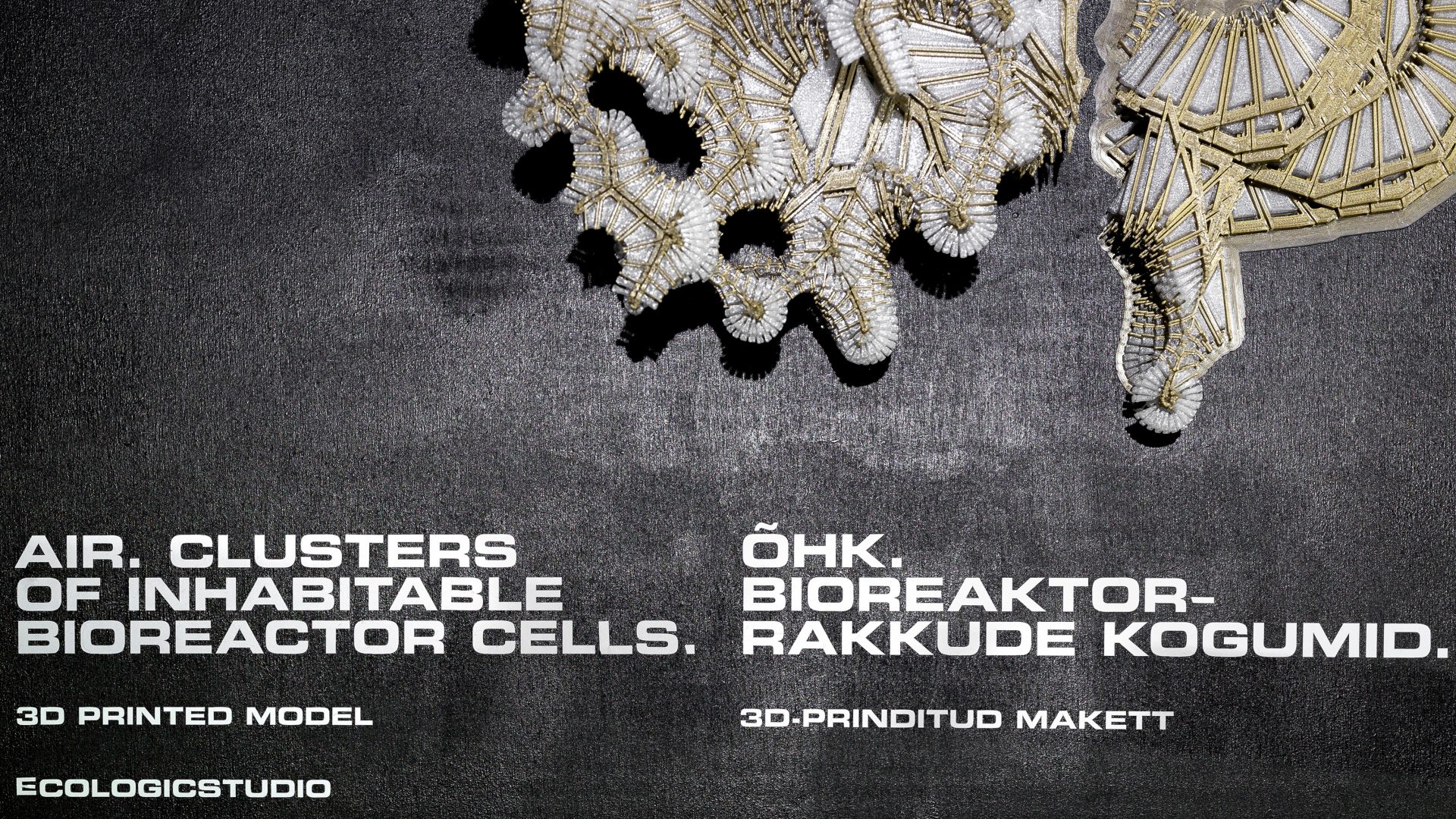

The website continues with the idea of multiple scales, letting users magnify elements of the design with the cursor.
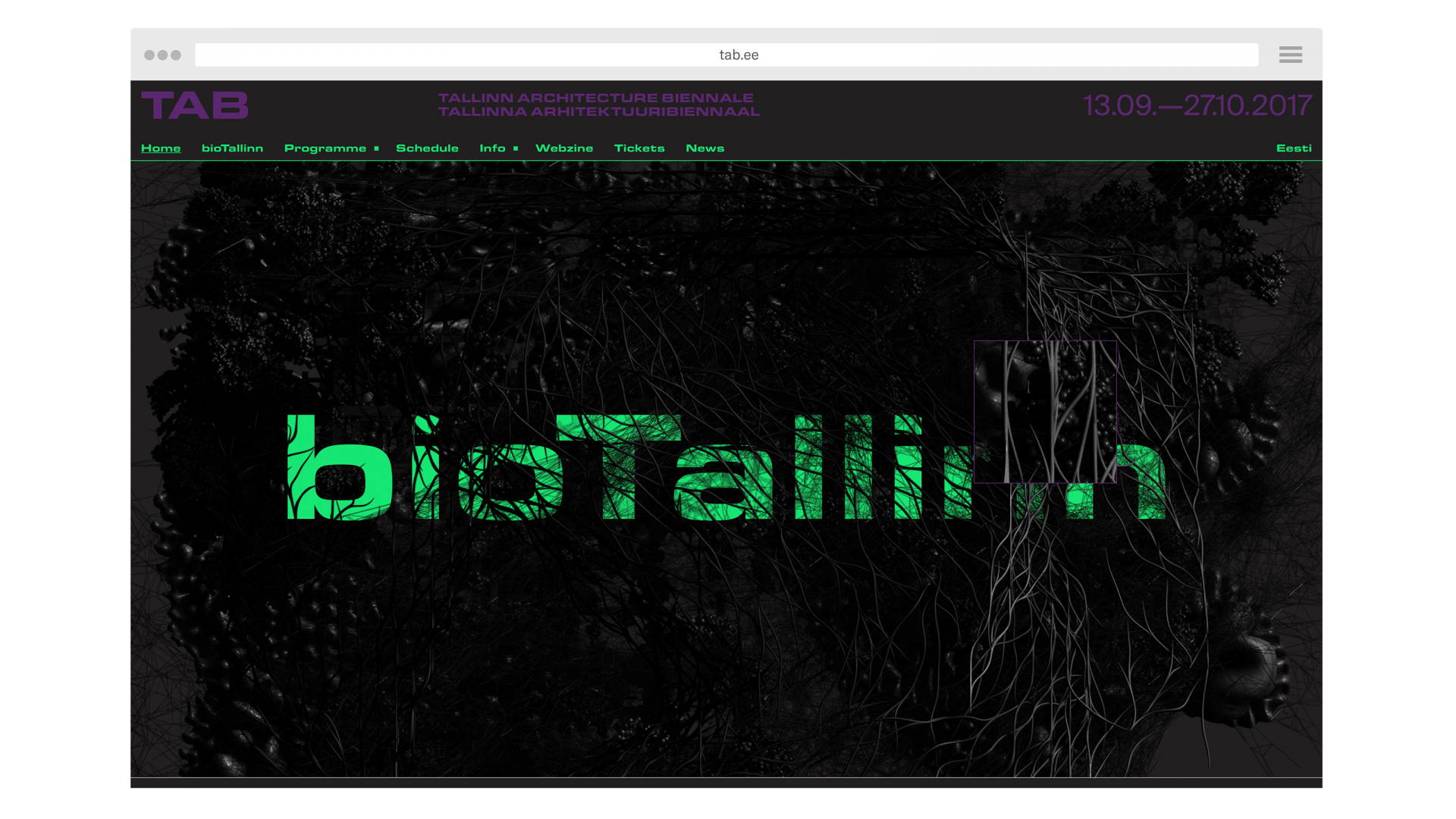





The catalogue plays with the notion of natural and artificial as well. Liquid inside the plastic cover invites to touch and creates ever-evolving organic forms. A special colour-separation process transfers photos organically for 2-colour printing.

